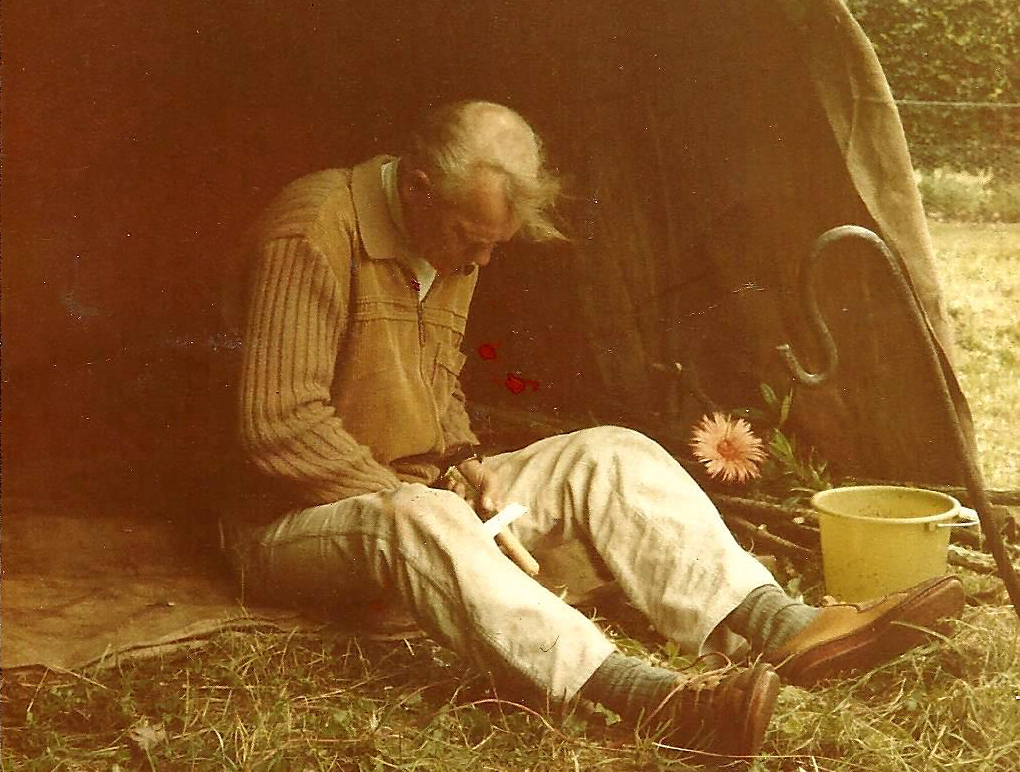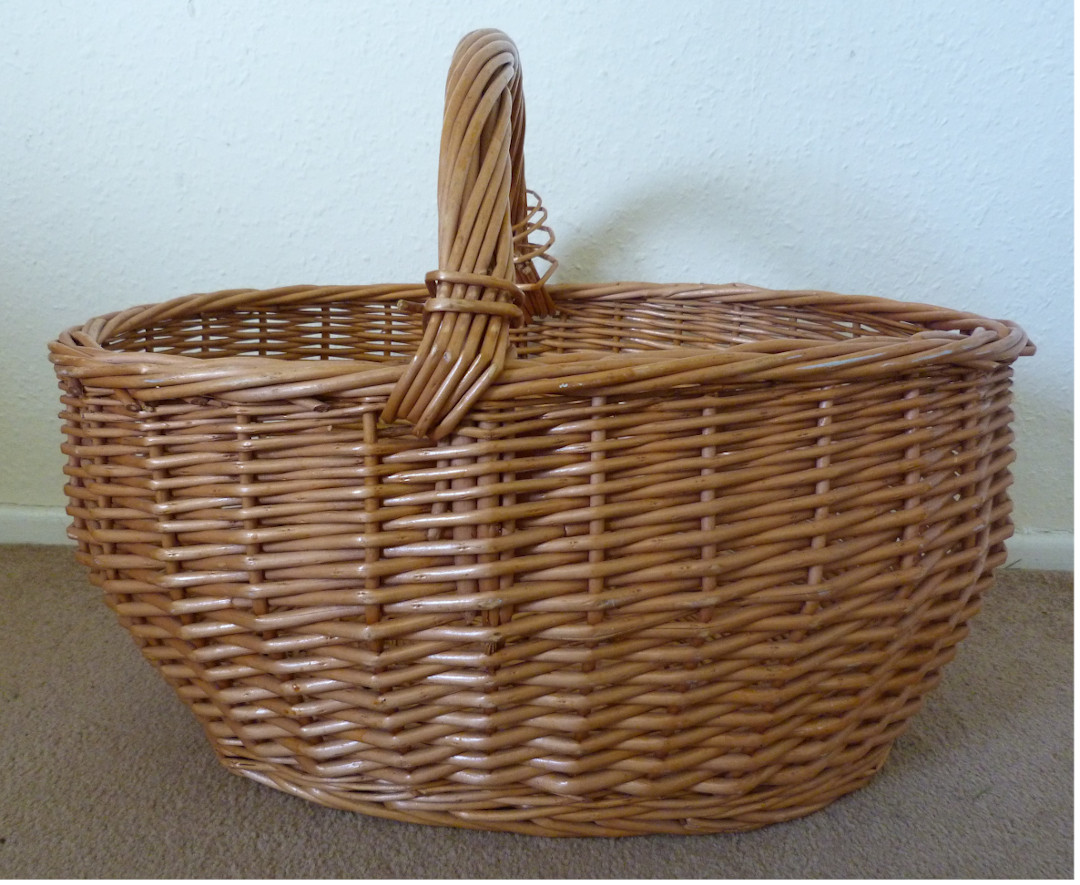Travellers' Storytelling and Their Links With Auchindrain
The Traveller community have never been much for possessions. Tradition, memory and a way of life embodying clear values are more important, with storytelling almost an artform. Perhaps the greatest Traveller storyteller ever, Duncan Williamson (1928-2007), came from Mid Argyll, and had strong links to Auchindrain that still resonate today: we remember and celebrate his life, work, and contribution to literature.
Duncan was “born under a tree” at the onetime Traveller camp by the shore at Furnace. The Williamsons, along with the Townsley family, considered that Auchindrain was their territory when it came to seasonal farm-work, and from a very young age Duncan would have helped with the cycles of planting and harvest. He first came to notice at the age of seven, telling stories to the younger children at the school in Furnace, but the tale begins in earnest in 1942. As Duncan recounts in his autobiography “The Horsieman”:
"We were … on the road to go up to Adie’s at Auchindrain …. There’s this man sorting the dyke at the roadside. … my mother cracked to the man. Neil, she cried him … he kent her for years since she was a wean. … ‘Man,’ he said, ‘that laddie’s fairly growin.’ ‘Aye,’ she said, ‘that’s Duncan. He’s comin on fine. We’re gaun up tae Adie’s tae plant.’ … Neil was building drystone dykes along the side of the road.’ … ‘Man’, she said, ‘hoo do ye manage … liftin these rocks? …Could you no get somebody to gie ye a help?’. ‘Whaur am I gaunna get onybody?’ … ‘Duncan’ll gie ye a help if ye’re needin him for a day or two. If ye show him what tae do.’. ‘… would ye let him come and work wi me?’. ‘Well,’ she said, ‘I’m sure he’s better daein something as knockin aboot Furnace. … Ye could aye gie him something fir giein ye a wee help. Suppose it’s only liftin stanes to ye.’ My mother was always like that, willing to help. ‘Man,’ he said, ‘I could dae wi the laddie to gie me a wee bit help."
The “Adie” of the story was Eddie MacCallum, the last tenant of Auchindrain, and “Neil”, his younger brother who was a builder and dry-stone dyker. And so, from a chance meeting on the road to Auchindrain with his Mother to plant potatoes, Duncan got his first job. He stayed for a year before going off travelling with his older brother, but not before learning all of Neil’s stories - throughout his life Duncan always acknowledged Neil as the person who had taught him how to tell stories, but there was more to it than that.

For the next thirty years or so Duncan lived the Traveller life from Argyll to Aberdeenshire. His first wife Jeanie Townsley died in 1970 giving birth to their seventh child, and after that Duncan, on his own, found himself as much in demand as a singer and storyteller in hotels and folk clubs as he was for the potato harvest. In 1975 he met his second wife Linda, a trained folklorist, and it was with her support to record and transcribe his stories that he became a published author. And his writings have lasted, too.
Hugh Andrew of Birlinn Ltd, who has found it worthwhile to keep Duncan’s work in print, says of him: “The lore and story of the Traveller community is one of Scotland’s richest heritages. One of its greatest representatives was the late Duncan Williamson, who left behind a wealth of story of the highest quality for future generations. His long association with Argyll and particularly Loch Fyne give a vivid and unforgettable picture of life in the middle years of the last century.”

All of Duncan Williamson’s books are thoroughly worth reading, but "The Horsieman: Memories of a Traveller 1928-58" is a great place to start.